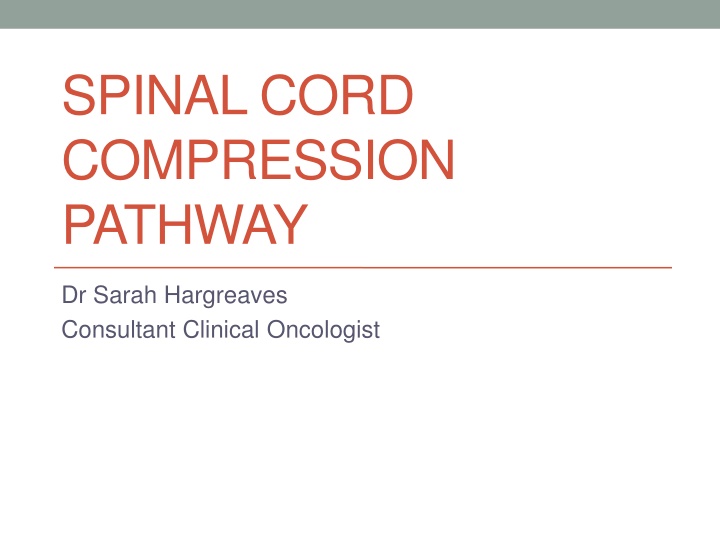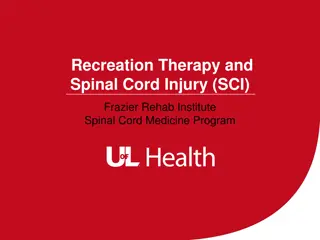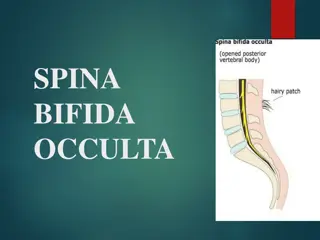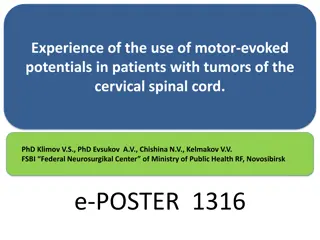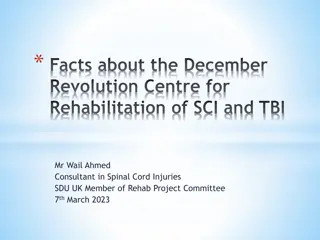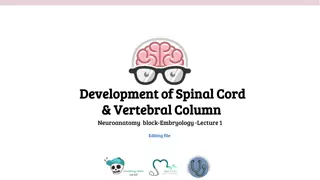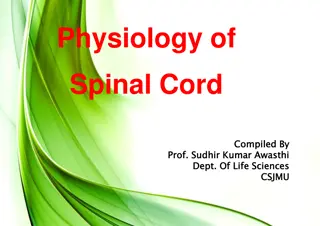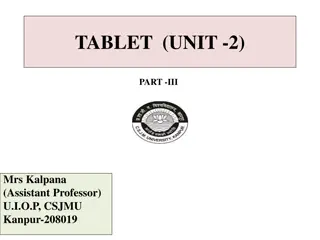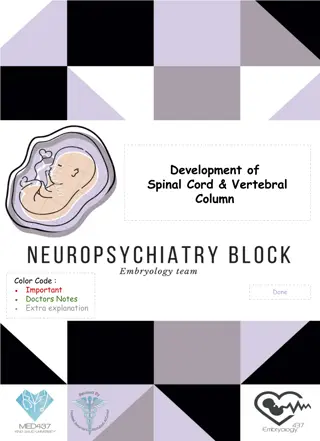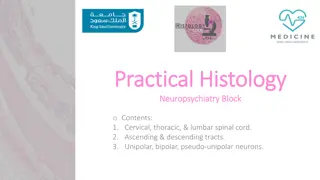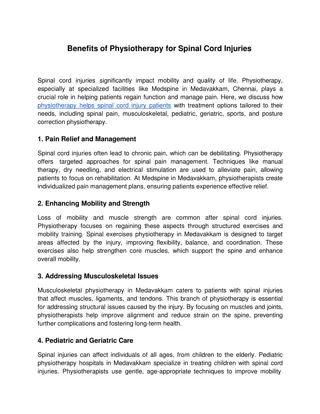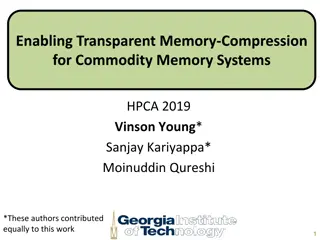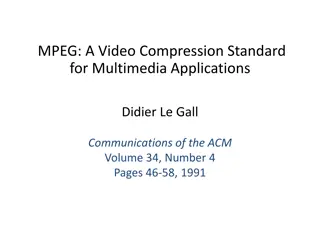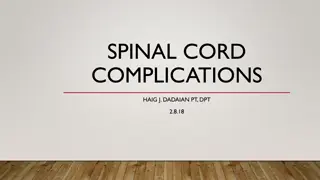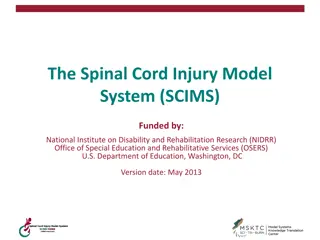Spinal Cord Compression Pathway by Dr. Sarah Hargreaves
Malignant Spinal Cord Compression is a serious condition managed through a structured pathway at UHBW by Consultant Clinical Oncologist, Dr. Sarah Hargreaves. Learn about the demographics, symptoms, and management options for this condition, including radiotherapy and chemotherapy.
Download Presentation

Please find below an Image/Link to download the presentation.
The content on the website is provided AS IS for your information and personal use only. It may not be sold, licensed, or shared on other websites without obtaining consent from the author.If you encounter any issues during the download, it is possible that the publisher has removed the file from their server.
You are allowed to download the files provided on this website for personal or commercial use, subject to the condition that they are used lawfully. All files are the property of their respective owners.
The content on the website is provided AS IS for your information and personal use only. It may not be sold, licensed, or shared on other websites without obtaining consent from the author.
E N D
Presentation Transcript
SPINAL CORD COMPRESSION PATHWAY Dr Sarah Hargreaves Consultant Clinical Oncologist
Spinal Cord Compression Pathway at UHBW Clinical or radiological concern about spinal cord compression? Contact on call oncology SpR Bleep 2490 Out of hours: via switch
Radiological suspicion of cord compromise 16mg Dexamethasone PO/IV STAT
DEMOGRAPHICS Over 4000 patients a year in the UK Metastatic disease 5% Patients Frequently vague presenting symptoms 30% will live for over 1 year - QOL Tumour type determines time to progression, ambulation at presentation and response to therapy
SYMPTOMS/SIGNS Back pain - 95% Weakness 75% Marked, symmetrical Upper motor neurone deficit = Brisk ankle and knee flexes, up going plantars Autonomic disturbance 50% Loss of sphincter function is late Sensory disturbance 50% Symmetrical
Management Radiotherapy Majority of patients Neurosurgery? Fragments PS 0-2 Stable disease Life expectancy over 3 months No diagnosis Radioresistant disease Chemotherapy? HD, NHL, GERM CELL
Radiotherapy Randomised to single 8Gy/1F versus 20Gy/5F PEP = ambulatory status at 8 weeks 694 patients (255 died before 8 weeks) 8Gy/1F did not meet non inferiority criterion for being ambulatory at 8 weeks (69.3% vs 72.7%) Could be considered for patients with LE less than 6 months/poor PS
Radiotherapy Prognostic factors may influence the need for treatment, type of treatment and treatment schedule. Potential prognostic factors that might help to determine a positive functional outcome after treatment include: Performance status (ECOG PS 0-2) More favourable histology (lymphoma, myeloma, seminoma, breast, prostate and gastrointestinal) Still ambulatory More than two years since original diagnosis Slow development of motor deficit
Radiotherapy: Outcomes Retrospective study of 1852 patients 8% recurred in field 39% improved neurology 47% no progression of neurology
Steroid management Confirmed or suspected spinal cord compression Prescribe Diagnosis confirmed/ steroid tolerated Diagnosis excluded/ steroid not tolerated dexamethasone 8mg bd po Consider stopping. Discuss with team Continue until day 4 of RT Symptoms stable or improving Symptoms deteriorating Reduce dose to nil (see table below) Continue same dose, discuss with the team
Remember Cauda Equina Lower motor neurone signs: Flaccid paralysis Reduced reflexes Urinary retention Saddle paraesthesia
Spinal Cord Compression Pathway at UHBW Clinical or radiological concern about spinal cord compression? Contact on call oncology SpR Bleep 2490 Out of hours: via switch
The End Thank you, any questions?
